Sign up for workout ideas, training advice, reviews of the latest gear and more.

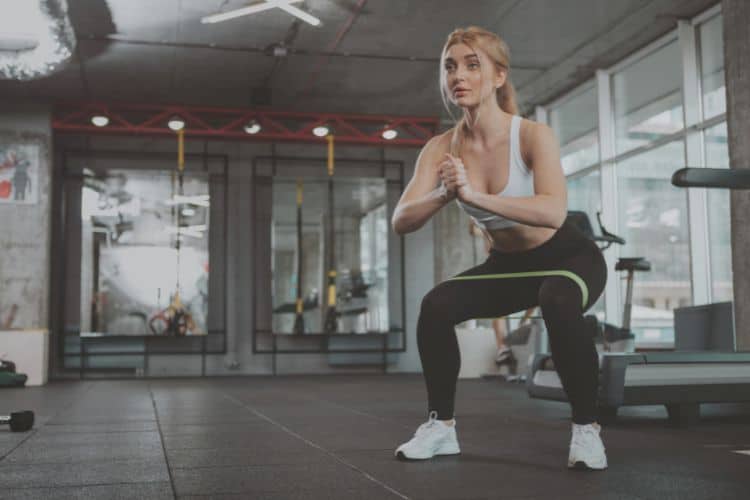
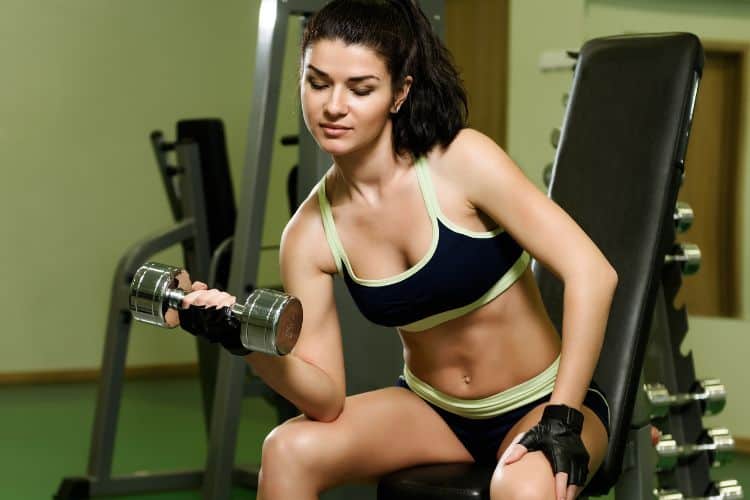
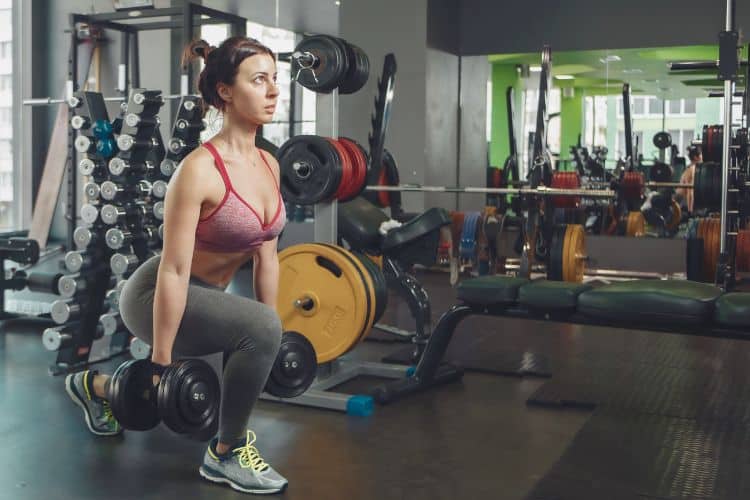
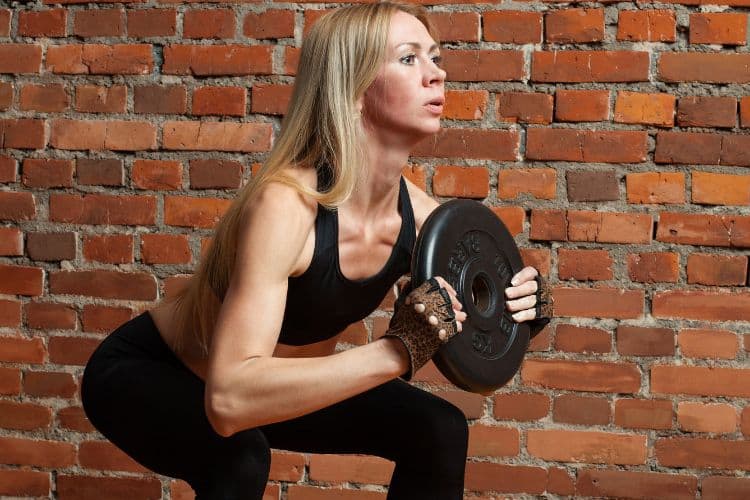
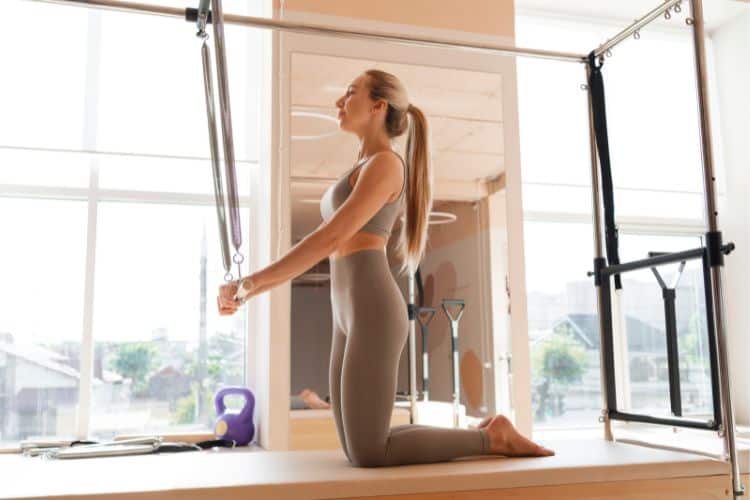
Pilates is a low-impact, full-body exercise method that builds core strength, flexibility, and body awareness. Originally developed by Joseph Pilates in the early 20th century, this form of movement has become a go-to fitness routine for people of all ages and fitness levels—especially beginners looking for a structured, gentle start. This Pilates workouts plan for beginners is crafted to help you build a solid foundation while improving posture, balance, and muscular endurance.
Whether your goal is to tone your body, reduce stress, or improve mobility, Pilates offers a science-backed approach to achieve long-lasting results. In this guide, we’ll cover everything from Pilates basics and beginner workouts to a weekly plan and tips to stay consistent.
Pilates is a form of exercise that emphasizes controlled movements, core engagement, and mindful breathing. It can be performed on a mat or with specialized equipment like the reformer. What sets Pilates apart from other workout styles is its focus on alignment, precision, and flow—making it ideal for beginners who want to move with intention.
Unlike high-impact workouts, Pilates is gentle on the joints, making it perfect for people recovering from injuries, managing chronic pain, or just starting their fitness journey.
Starting a Pilates workout plan for beginners doesn’t require much equipment. Here’s what you’ll need to begin:
No gym required—most beginner Pilates workouts can be done at home in your living room.
Understanding the core principles of Pilates helps ensure you’re doing the exercises correctly and getting the most benefit from your workouts.
Be fully present and mindful during each movement.
Movements should be deliberate and purposeful.
The “powerhouse” or core is the center of all Pilates movement.
Exercises should transition smoothly and fluidly.
Every movement should be done with attention to form and detail.
Use deep, diaphragmatic breathing to enhance control and oxygen flow.
These are foundational exercises that build strength and stability while introducing you to Pilates form.
This classic Pilates warm-up increases circulation and activates your core.
How to Do It:
Lie on your back, lift your legs to tabletop, and curl your head and shoulders up. Pump your arms up and down while breathing in for 5 counts and out for 5 counts. Repeat for 100 beats.
Targets your abdominal muscles and coordination.
How to Do It:
Lie on your back with knees in tabletop. Lift your head, neck, and shoulders, extend one leg out, and switch legs as you inhale and exhale.
Improves balance, spine flexibility, and core strength.
How to Do It:
Sit with knees bent, hands on shins, feet off the floor. Round your back and gently roll back and forth on your spine like a rocking chair.
Activates glutes, hamstrings, and spinal muscles.
How to Do It:
Lie on your back with knees bent and feet flat. Slowly lift your hips up into a bridge, hold, then roll back down one vertebra at a time.
Enhances spinal flexibility and posture.
How to Do It:
Sit tall with legs extended and feet flexed. Inhale, then exhale and reach forward, articulating the spine one vertebra at a time.
This beginner-friendly plan is designed to ease you into a consistent Pilates routine. You’ll build strength, flexibility, and body awareness through short, structured sessions.
Focus: Breathing, core activation, pelvic tilts, and The Hundred.
Goal: Learn how to engage your core correctly and control your breath.
Focus: Spine stretch, single-leg stretch, shoulder bridge, leg circles.
Goal: Improve flexibility and body awareness.
Focus: Recovery and gentle movement.
Goal: Allow your muscles to rebuild and your body to recharge.
Focus: Side-lying leg lifts, bridge variations, inner thigh squeezes.
Goal: Strengthen glutes, thighs, and hamstrings.
Focus: Pilates push-ups, arm circles, scapular retractions, swan prep.
Goal: Build shoulder stability and back strength for better posture.
Focus: Rolling like a ball, leg pulls, spine twist, side stretch.
Goal: Improve coordination and full-body balance.
Focus: Gentle spinal mobility, seated forward fold, cat-cow stretch.
Goal: Relax and release tension in the body.
Pilates may look easy, but proper form and awareness are crucial to getting results and preventing injury.
Breath should guide your movement. Holding your breath reduces oxygen flow and increases tension.
Pilates is about control, not speed. Take your time to execute each movement with precision.
Always initiate movements from your core, not your neck or shoulders. Keep your shoulders relaxed and down.
Keep your spine neutral or gently imprinted on the mat, especially during abdominal work.
Always take a few minutes to warm up and stretch after your session to prevent stiffness and soreness.
Building a habit is key. Here’s how to make Pilates a lasting part of your routine:
Start with 3–4 sessions a week and build up gradually.
Set up a comfortable and clutter-free area for your workouts.
YouTube, Pilates apps, or platforms like Glo and Pilates Anytime offer guided routines with certified instructors.
Keep a fitness journal or use a habit tracker to stay motivated.
Take breaks when needed, and don’t push through pain. Progress at your own pace.
While mat Pilates is enough for most beginners, some may want to explore tools like the Pilates ring, resistance bands, or reformer machines for added variety.
However, it’s best to start with mat-based workouts first before progressing to machines or props, especially if you’re learning at home.
Pilates isn’t just about movement—nutrition plays a critical role in how energized and recovered you feel.
Hydrate well and consider stretching or light walking post-session to aid recovery.
Pilates is not just an exercise method—it’s a pathway to better health, a stronger core, and a more balanced life. Its low-impact, high-focus approach makes it ideal for people just starting their fitness journey.
By following this Pilates workouts plan for beginners, you can establish a solid routine that enhances strength, posture, flexibility, and mental clarity. Remember: consistency, mindfulness, and proper form are the keys to long-term success.
2–4 times per week is a great starting point. It allows your body to adapt without overtraining.
No! Pilates helps increase your flexibility over time, and all movements can be modified.
While Pilates alone may not burn as many calories as cardio, it tones muscles, reduces stress, and supports a balanced, sustainable approach to weight management.
Roll out your mat, take a deep breath, and dive into your first Pilates session. Whether you’re looking to tone your body, strengthen your core, or simply find a calming fitness routine—you’re in the right place.
Stay up to date on the latest women’s health, fitness and lifestyle trends and tips.